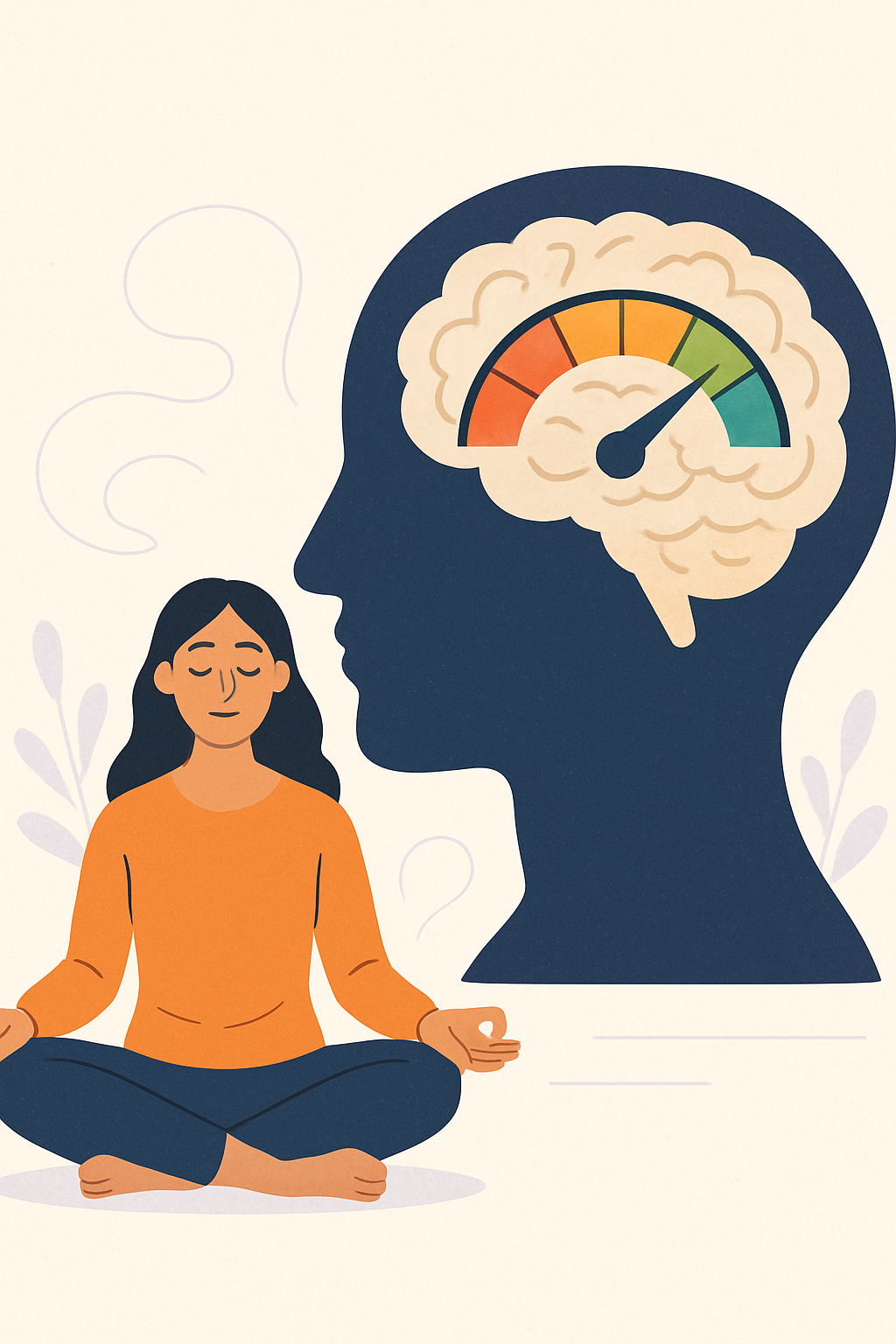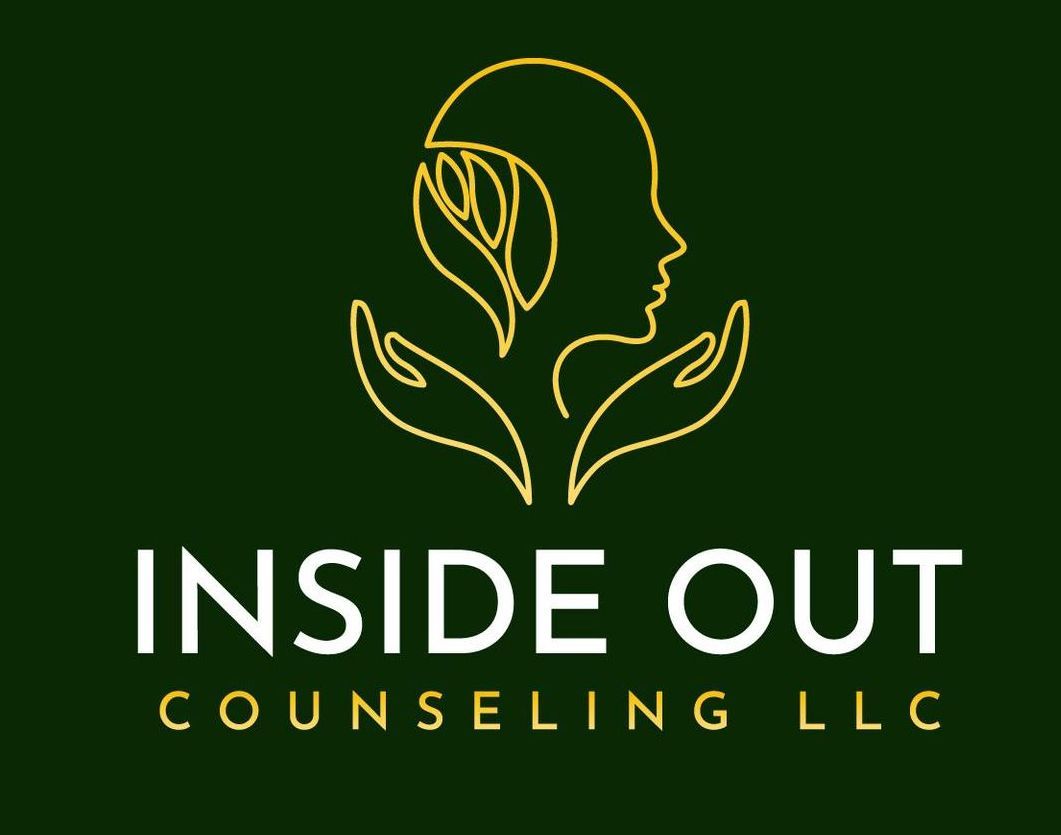Mindfulness Isn't About Calm-It's About Capacity
Strong > Safe?

Mindfulness Isn’t About Calm — It’s About Capacity
When most people hear the word mindfulness, they picture stillness, serenity, and quiet breaths.
Culturally, we’ve reduced mindfulness to a tool for relaxation — like a candlelit bubble bath for the nervous system.
But here’s the truth: mindfulness isn’t meant to make life calm. It’s meant to make you strong.
The Misunderstanding: Coddling the Nervous System
We live in a culture that often caters to low windows of tolerance. People take what they learn in therapy and begin to rearrange their lives so they never have to face discomfort. Avoid the hard conversation. Cut ties with anyone who triggers you. Manipulate your environment so nothing ever feels activating.
And while safety matters — especially for trauma survivors — we can take this too far. When every activation is treated as dangerous, people end up shrinking their lives rather than expanding their capacity.
What Mindfulness Really Offers
Mindfulness, at its core, is strength training for the nervous system. Just like lifting weights builds muscle through resistance, mindfulness builds resilience through noticing and staying present with what arises.
- Your chest tightens with anxiety? Breathe into it.
- Your heart races when an old memory surfaces? Observe it without judgment.
- Your body feels restless in stillness? That’s information, not failure.
Each time you meet activation with curiosity instead of avoidance, you widen your window of tolerance. You learn: I can feel this and survive it. That’s power.
EMDR: Mindfulness in Action
At its core, the spirit of EMDR is mindfulness. EMDR is the practice of going inside yourself — with a helper witnessing you — and staying present with the activation, moment to moment. You learn to notice, to hold, and to stay with what arises.
Even if EMDR offered no other benefits (and of course it does), this practice alone is powerful and worth it. It teaches you that you can go into the places that once felt unbearable and not only survive them, but move through them with compassion and strength.
For Therapists: Holding the Edge
This is where we, as therapists, need to be careful. If we promise mindfulness is only about relaxation, we’re setting clients up to fail when discomfort comes. Instead, we can model and normalize that mindfulness sometimes stirs things up — and that’s not only okay, it’s good. It means the nervous system is learning to stretch, to hold more, to integrate what once felt overwhelming.
For Adults (and Teens) Practicing
Mindfulness isn’t always comfortable. Sometimes it feels like lifting a weight that’s just a little too heavy. But with attention and care, you grow stronger. You gain the ability to stay present through discomfort, instead of shutting down or running away from it.
That’s the real gift. Not avoiding life — but expanding your capacity to live it fully.
✅ Call to Action for Readers:
Try noticing one uncomfortable sensation today without rushing to fix it. Breathe. Stay curious. Remind yourself: this is my nervous system learning strength.



